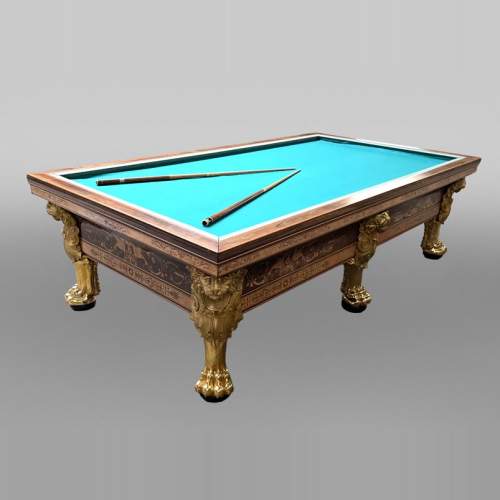Your selection is currently empty.
Here are the latest objects in our stock:
Dimensions:
Width: 19
Height: 22
Depth: 6
Dimensions:
Width: 290
Height: 87
Depth: 160
Dimensions:
Width: 279
Height: 86
Depth: 155
Dimensions:
Width: 104
Height: 111
Depth: 5
Dimensions:
Width: 147
Height: 193
Depth: 15
Dimensions:
Width: 150
Height: 142
Depth: 42
Inner width: 103
Inner height: 101
Dimensions:
Width: 230
Height: 262
Depth: 66
Dimensions:
Height: 31
Diameter: 46
Dimensions:
Width: 109
Height: 168
Depth: 5












